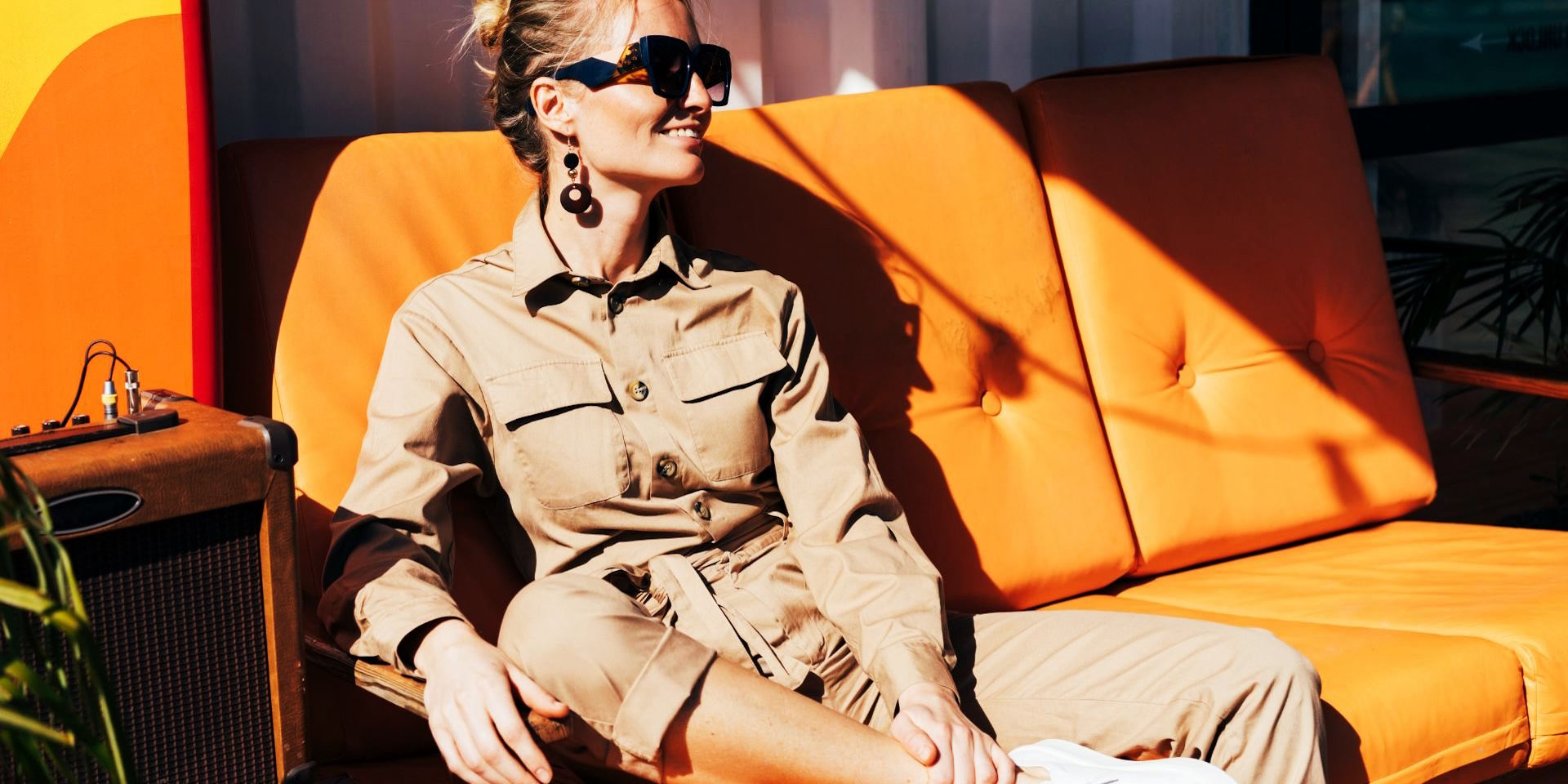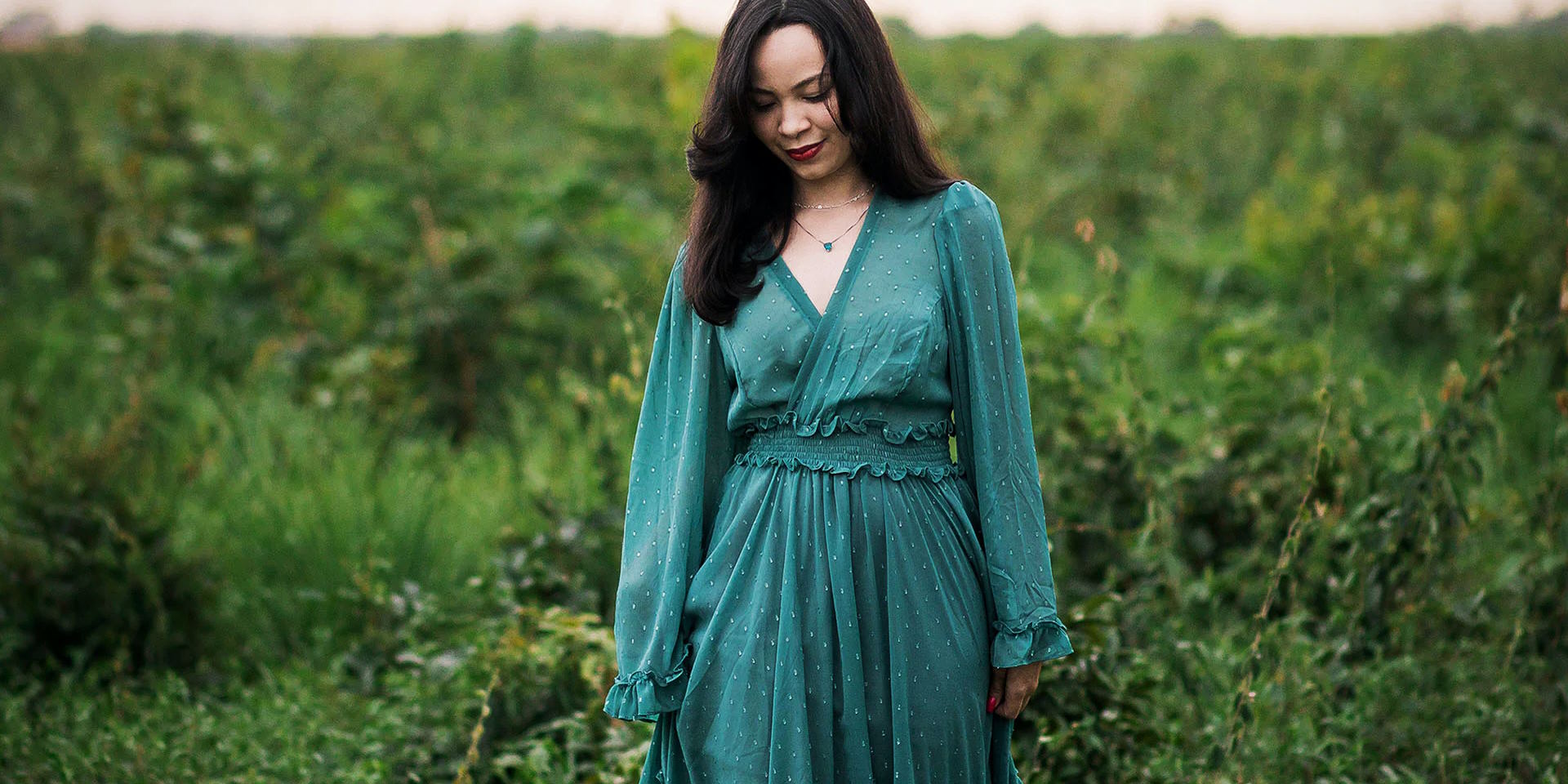The History and Evolution of Iconic Fashion Trends

Imagine stepping into a time machine and landing in a bustling marketplace in the 1800s, where ladies in corsets and men in tailored suits stroll by. It’s fascinating to think about how our clothing has transformed from those days to now. Fashion trends are like waves, constantly shifting and reshaping our view of beauty and self-expression. Whether it’s the flapper dresses of the roaring twenties or the edgy styles of the grunge movement, each trend leaves a mark on our culture and influences the way we present ourselves.
The Early Influences on Fashion
Ancient Civilizations
Let’s travel back to the days of ancient civilizations. Think of the Egyptians, with their linen garments, adorned with jewelry that glimmered in the sun. Fashion in ancient Egypt wasn’t just about looking good; it was also about status. The more elaborate your attire, the higher your place in society. Then we have the Greeks, who favored draped clothing that allowed for freedom of movement. Their garments were often made from natural fibers, dyed in beautiful colors. This emphasis on elegance and simplicity set the stage for fashion to evolve in ways we still see today.
Similarly, the Romans took inspiration from the Greeks and elevated it to new heights. The toga became a symbol of Roman citizenship and status, while wealthy individuals flaunted their power through intricate designs and lavish fabrics. These early styles laid the foundation for fashion as we know it, establishing the importance of clothing as a means of self-expression and societal indication.
The Middle Ages
Fast forward to the Middle Ages, where fashion became more structured and elaborate. Picture knights in shining armor and ladies in voluminous gowns. The clothing of this era was heavily influenced by the feudal system, with styles reflecting social hierarchy. The rich wore luxurious fabrics like silk and velvet, while the poorer classes had to make do with simpler materials.
Trade routes opened up, bringing new fabrics and styles to Europe. The introduction of the printing press also played a role in spreading fashion ideas. Just as a popular book can ignite a new trend today, so too did the ideas of the time travel from one place to another, influencing the way people dressed.
![]()
The Renaissance and Baroque Eras
Cultural Rebirth
The Renaissance was a time of cultural rebirth, and fashion was no exception. With a renewed interest in art, literature, and philosophy, clothing became a canvas for creativity. Picture elaborate gowns with intricate embroidery, ruffles, and rich colors. The styles of this period were influenced by the great artists of the time, such as Leonardo da Vinci and Michelangelo, who celebrated the human form in their work.
Fashion became a means of displaying wealth and status, with royals and nobles leading the charge. Tailors began to emerge as artists in their own right, creating garments that were not only functional but also beautiful. Just as an artist uses a palette of colors, fashion designers began to experiment with fabrics and designs, setting the stage for future innovations.
The Influence of Royalty
Royalty played a significant role in dictating fashion trends during the Baroque era. Take, for instance, Louis XIV of France, known as the Sun King. He used fashion to assert his power and influence. His extravagant style, characterized by lace, silk, and rich colors, set the standard for the French court. The more opulent your attire, the more favor you garnered. This concept of fashion as a reflection of power continues to resonate in today’s fashion world, where celebrity influence can make or break a trend.
The 19th Century: Industrial Revolution and the Birth of Modern Fashion
Mass Production of Clothing
As we move into the 19th century, the Industrial Revolution transformed the fashion landscape. With the rise of factories, clothing production shifted from handmade to mass-produced garments. This change made fashion more accessible to the average person. Suddenly, people could afford to wear the latest styles without breaking the bank. Just like a new gadget that changes our daily lives, this revolution brought about a seismic shift in how clothing was made and consumed.
Key Trends of the Era
During this time, fashion began to reflect not only social class but also the evolving roles of men and women. Women’s fashion became increasingly elaborate, with corsets, crinolines, and bustles becoming popular. These garments accentuated the hourglass figure and reflected societal expectations of femininity. On the other hand, men’s fashion became more practical, with tailored suits and waistcoats becoming the norm.
The mid to late 19th century also saw the emergence of distinct styles based on social class. The wealthy continued to flaunt their status through opulent fabrics and intricate designs, while the working class opted for simpler, more functional attire. This divide in fashion mirrored the growing tensions between different social classes, making fashion not just a personal choice but a societal statement.
![]()
The 20th Century: A Century of Change
The Roaring Twenties
Now, let’s jump to the 1920s, often dubbed the “Roaring Twenties.” This decade was all about breaking free from tradition and embracing new ideas. Women, in particular, experienced a fashion revolution. The flapper dress, with its straight silhouette and fringes, symbolized liberation and the rejection of restrictive clothing. Just as jazz music transformed the sound of the era, fashion transformed how women expressed themselves.
The fashion of this time was heavily influenced by nightlife and the desire for fun. The Great Gatsby era embodied a sense of opulence and celebration. It was a time when people dared to be bold and experiment with their style. And who could forget the iconic bob haircut that defined women’s fashion during this time? It was a statement of independence and rebellion against traditional norms.
World War Influence
However, the tides turned with World War II. Clothing became more practical as resources were scarce, and utility clothing emerged. Women took on roles traditionally held by men, leading to a shift in fashion. They needed clothes that were functional and comfortable. After the war, there was a resurgence of femininity as people celebrated the return to peace. The hourglass figure made a comeback with fitted dresses and petticoats, reflecting society’s longing for normalcy.
The Sixties and Seventies
As we approached the 1960s and 1970s, fashion became a canvas for self-expression and rebellion. The counterculture movement inspired a new wave of styles. Think tie-dye shirts, bell-bottoms, and psychedelic patterns. Fashion was no longer just about conformity; it was about individuality. This was a time when young people began to express their beliefs and values through their clothing, challenging societal norms in the process.
This era also saw the rise of iconic figures like Twiggy, whose androgynous look revolutionized beauty standards. The influence of music and pop culture was undeniable, with rock stars dictating trends that resonated with a generation seeking change.
The Eighties and Nineties
The 1980s and 1990s brought about yet another transformation in fashion. From the power-dressing suits of the corporate world to the relaxed grunge style of the youth, this was a time of stark contrasts. Pop icons like Madonna and Michael Jackson left their mark on fashion, and suddenly, everyone wanted to wear a leather jacket or oversized accessories. The influence of television and music videos played a massive role in shaping trends, as fashion became a way to connect with pop culture.



